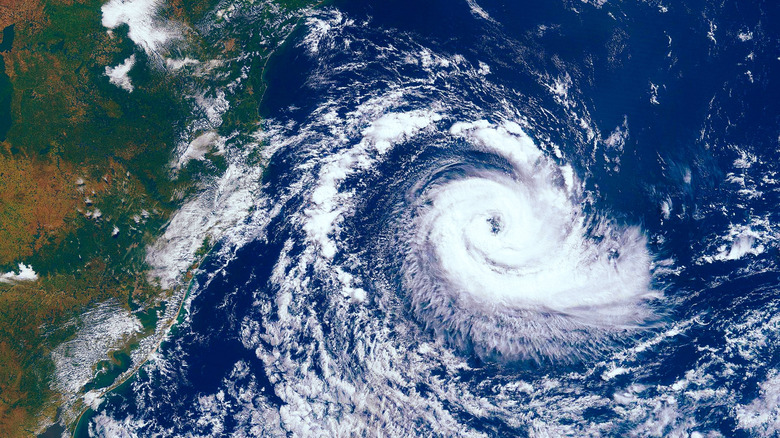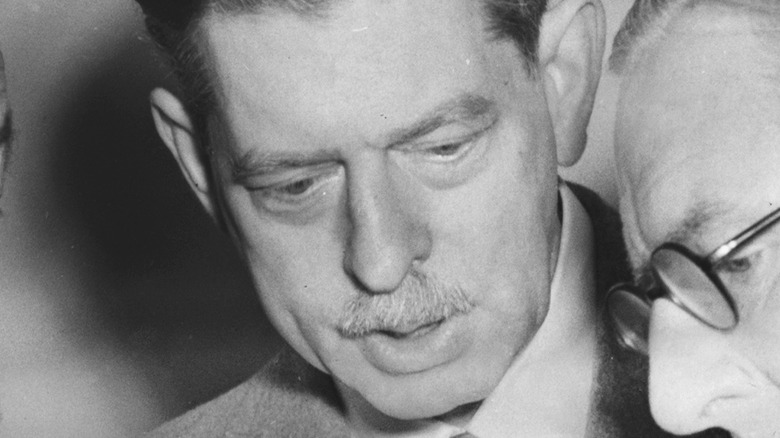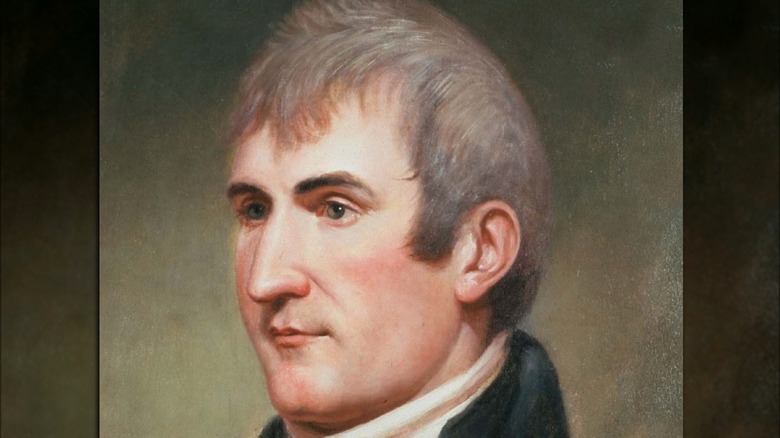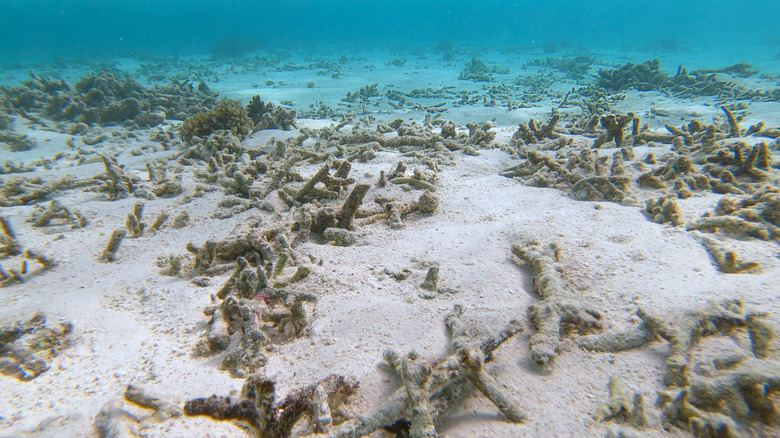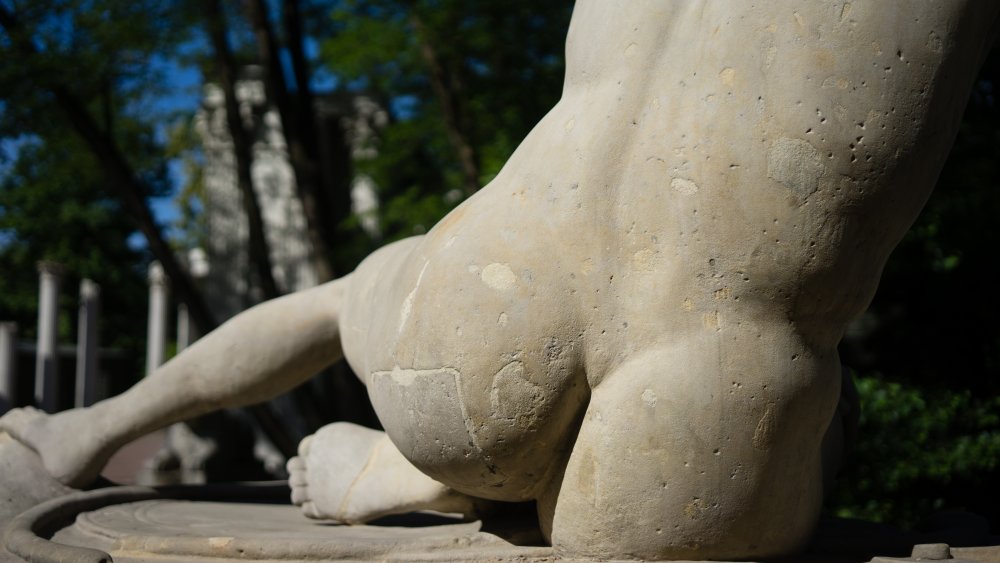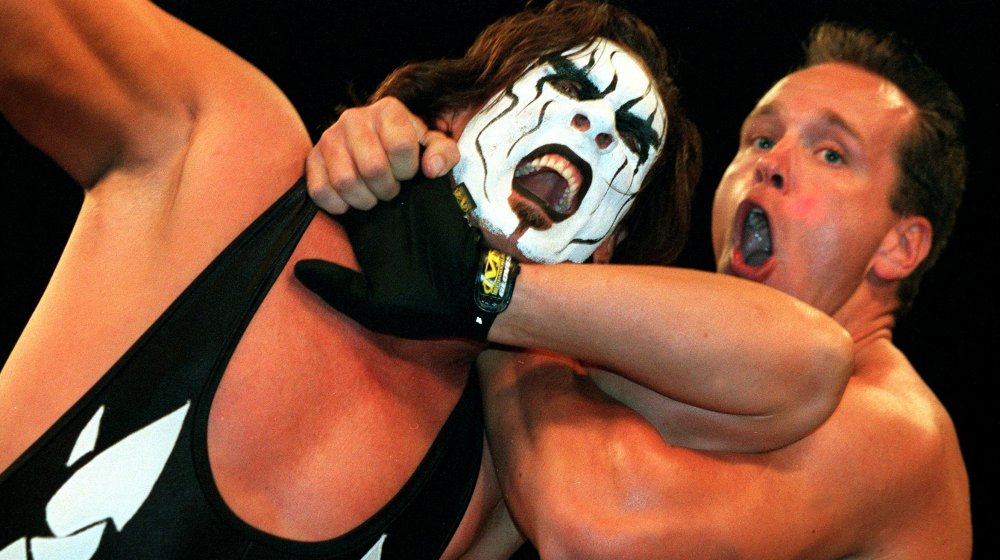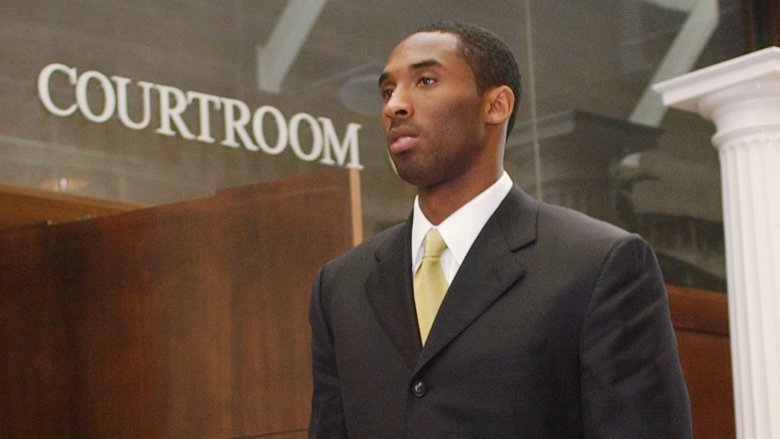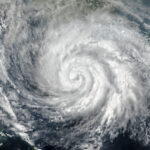
Here’s What Would Happen If A Hurricane Crossed The Equator
Very few places on the Earth are safe from storms. But when it comes to hurricanes, which pop up every late summer/early fall due to a number of reasons that won’t be rehashed here, they’re a problem that bedevils one particular region of the planet. Specifically, these counter-clockwise-spinning tropical storms mostly strike Mexico and Central America, the Caribbean, the United States, and on extremely rare occasions, the northern reaches of the South American continent.
These storms are officially known as the North Atlantic hurricane season for a reason: they never (or, almost never) cross the equator. This is because one of the processes that drives the formation and direction of hurricanes is the rotation of the Earth and its effects on spinning objects. And that force is weakened at or near the equator. Indeed, so powerful are the forces that drive hurricanes that a NASA meteorologist predicts that tropical storms forming in, or passing through, the equatorial region are so rare that they may happen once every 100 to 400 years.
The Earth's rotation would cause it to dissipate (theoretically)
One of the forces that drives the formation and direction of hurricanes is the Coriolis force. As Forbes explains, the rotation of the Earth creates effects on air and water that, among other things, help storm systems coalesce into hurricanes (in the North Atlantic), and typhoons and cyclones (different names for the same type of storm that form elsewhere in the world). At about five degrees north or south of the equator, this effect is minimalized, meaning that such storms rarely form there. And if they pass through there, they rarely last.
According to Forbes, once a hurricane passes the equator, the Coriolis force would eventually cause it to spin the other direction — if the storm managed to survive the doldrums at the equator. Chicago Tribune meteorologist Tom Skilling wrote that he was only aware of this ever happening once, and it was a storm that had formed south of the equator and moved north. It almost dissipated in the equatorial doldrums, then regained strength as it spun in the opposite direction north of the boundary line.

Is Tupac Buried Anywhere?
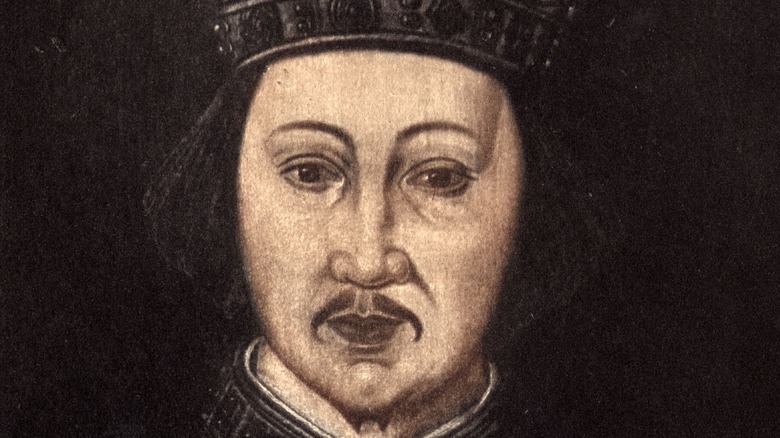
The Messy Drama Between King Richard II And His Family
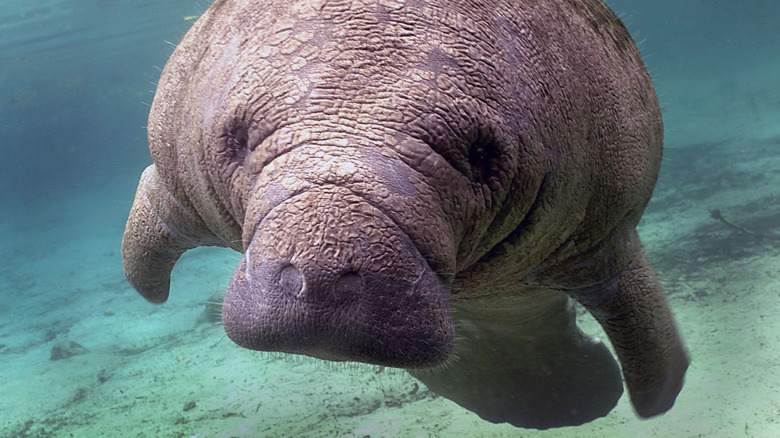
States With The Most Endangered Species

The Messed Up Truth About National Holidays

How People Handled The Deaths Of Loved Ones In The Victorian Era
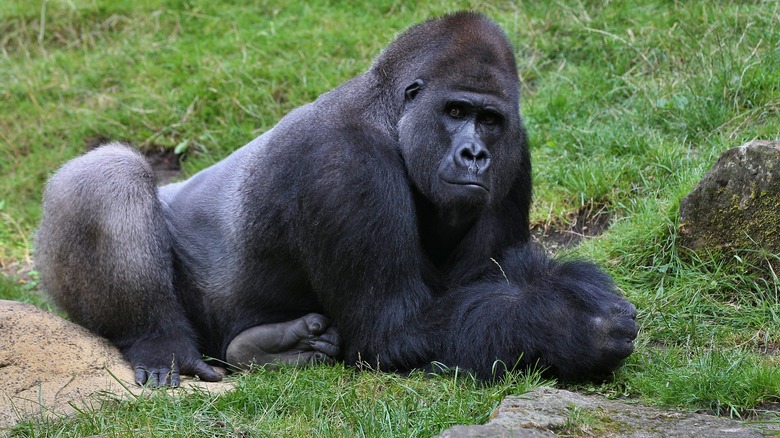
This Is The Smallest Primate In The World
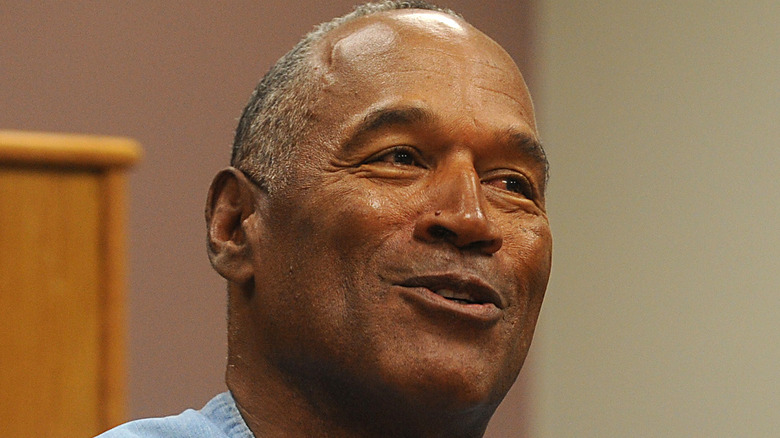
What It Was Like Serving On The O.J. Simpson Jury

A Look At Simon Le Bon's Yacht Incident

Why Anne Frank's Diary Wasn't Published At First
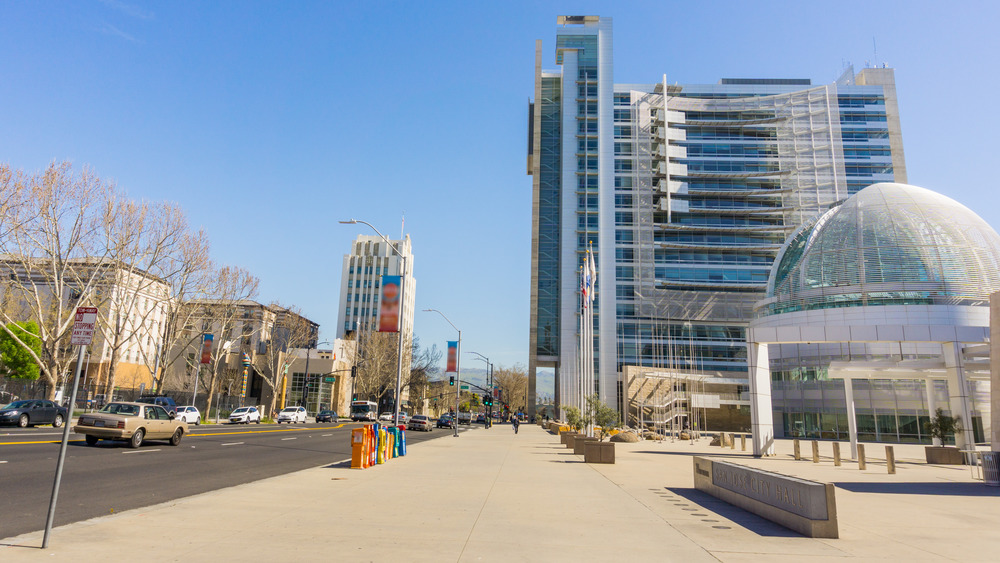
The Messed Up Truth About What Goes On In Silicon Valley
